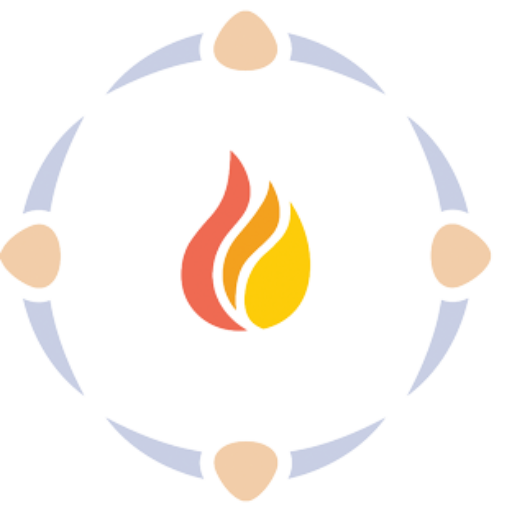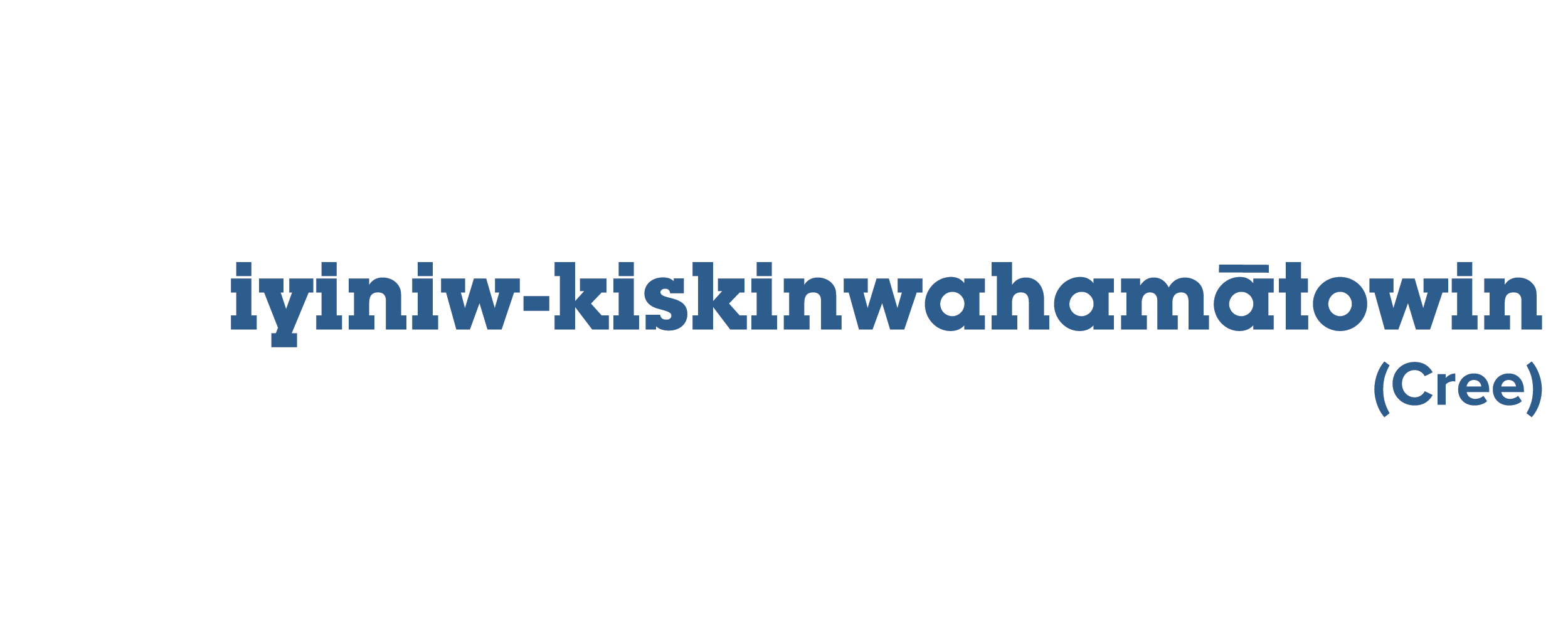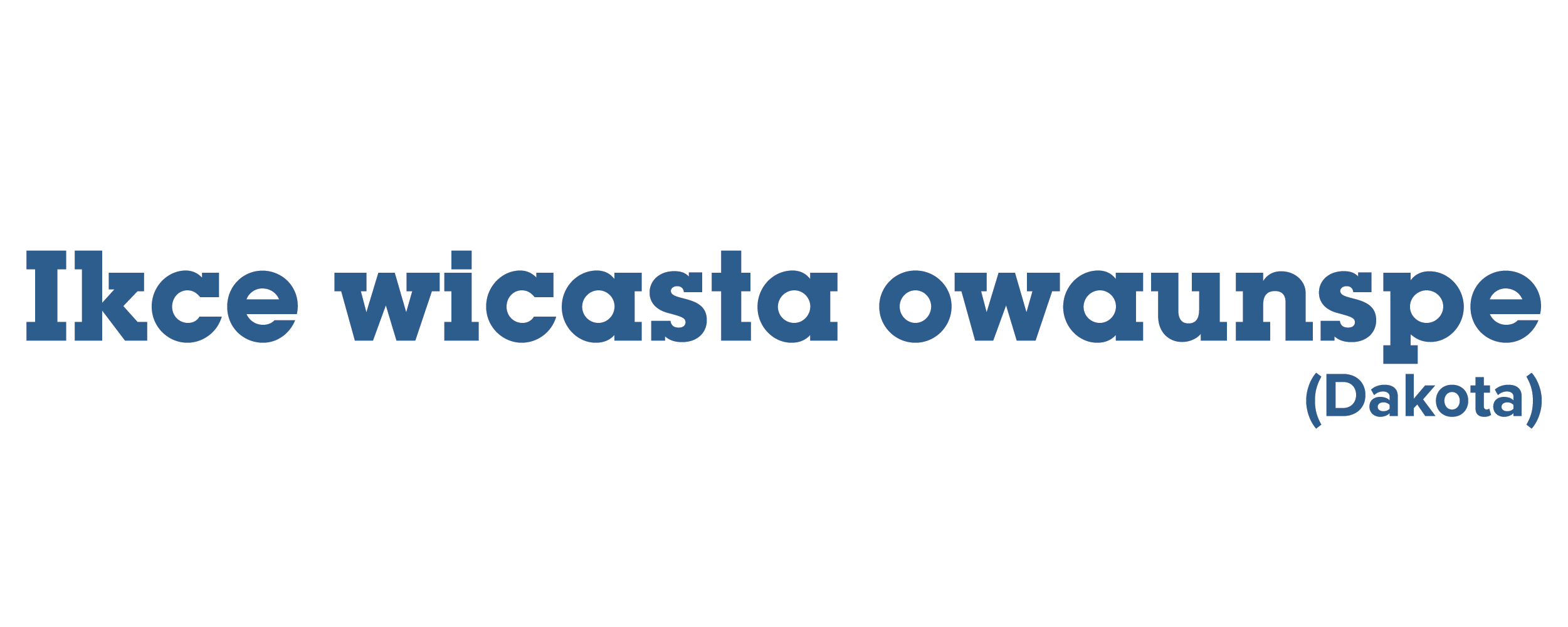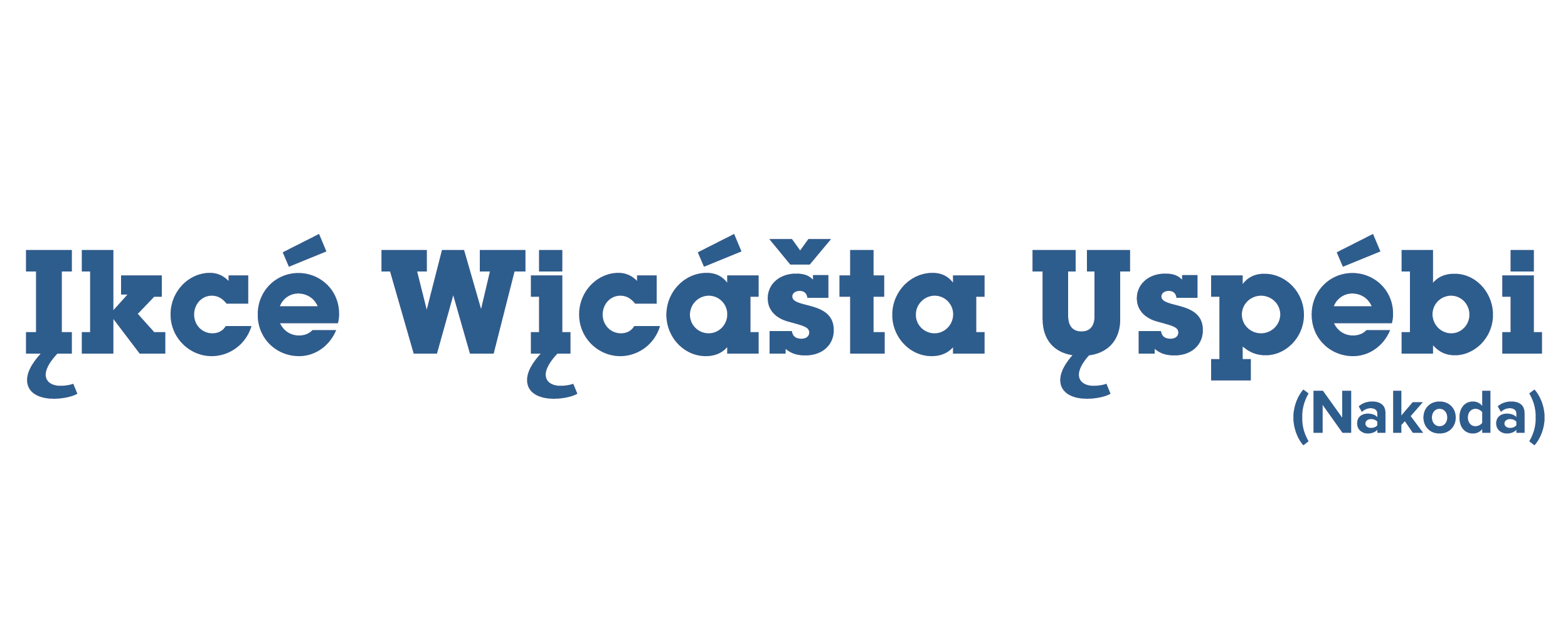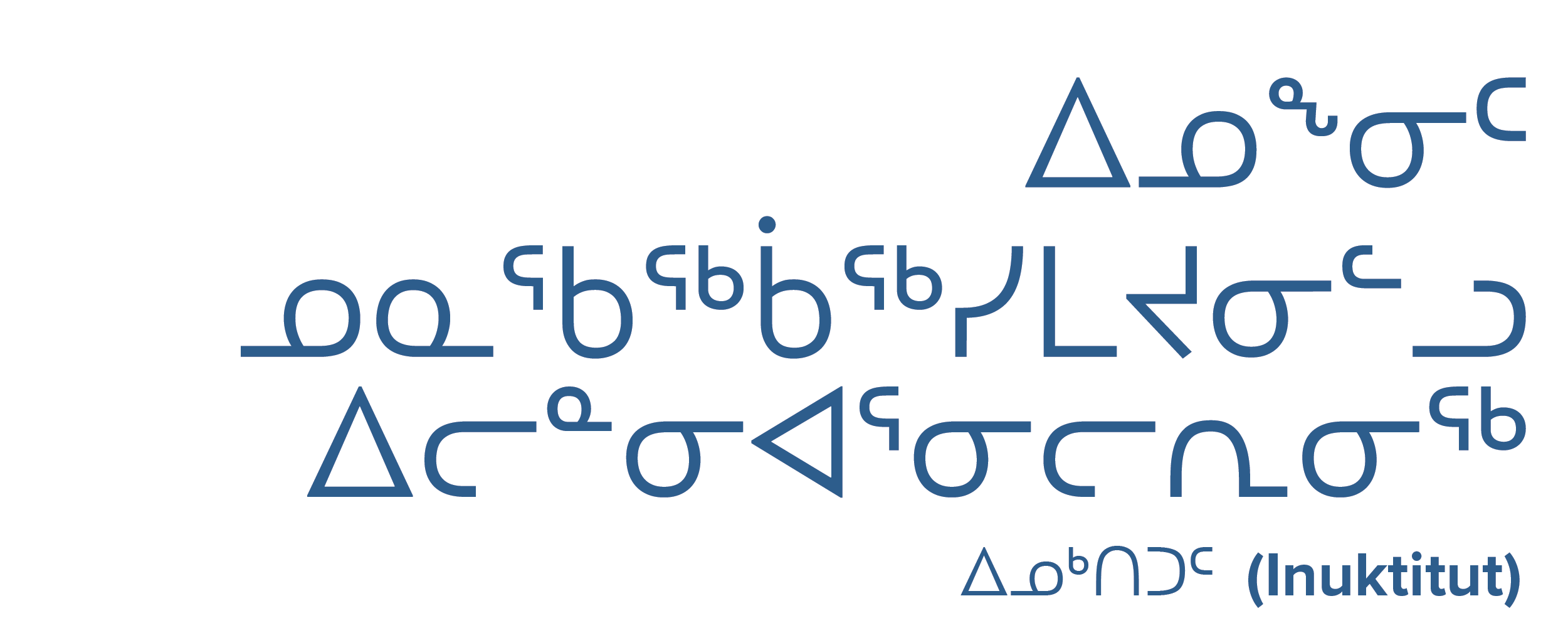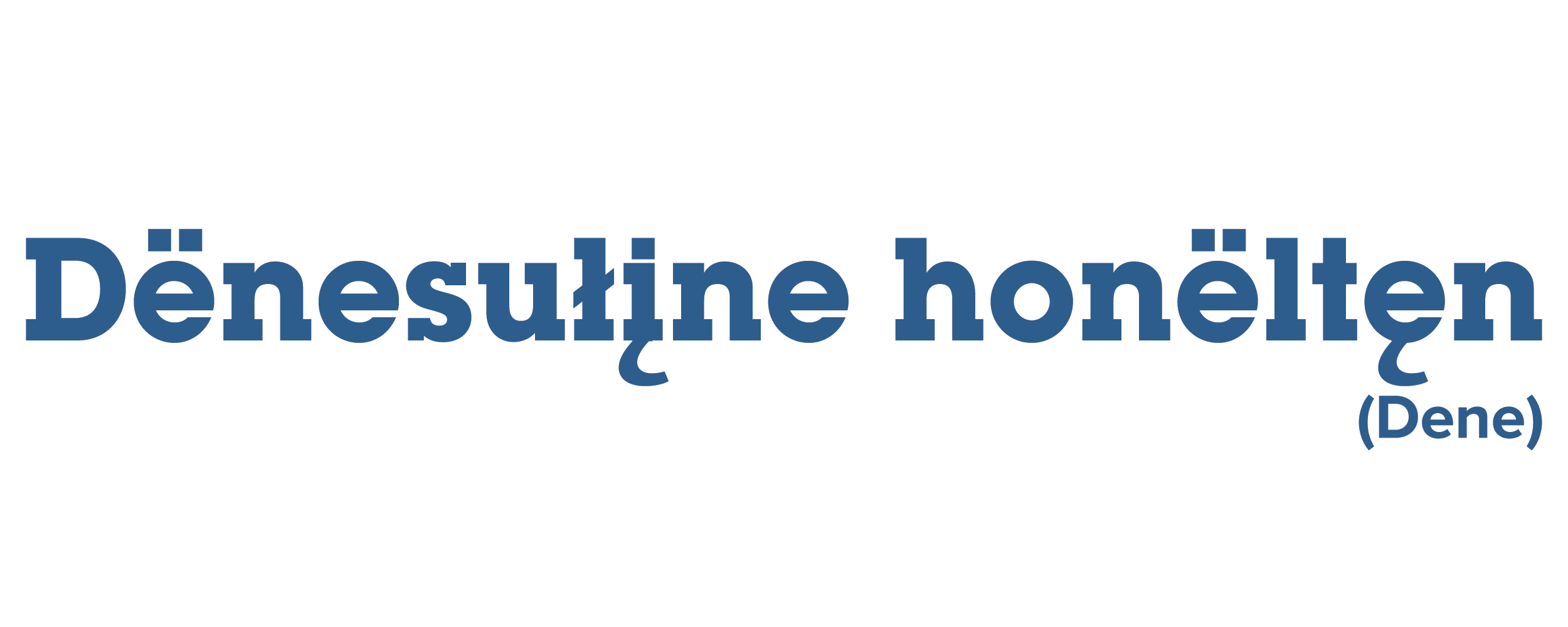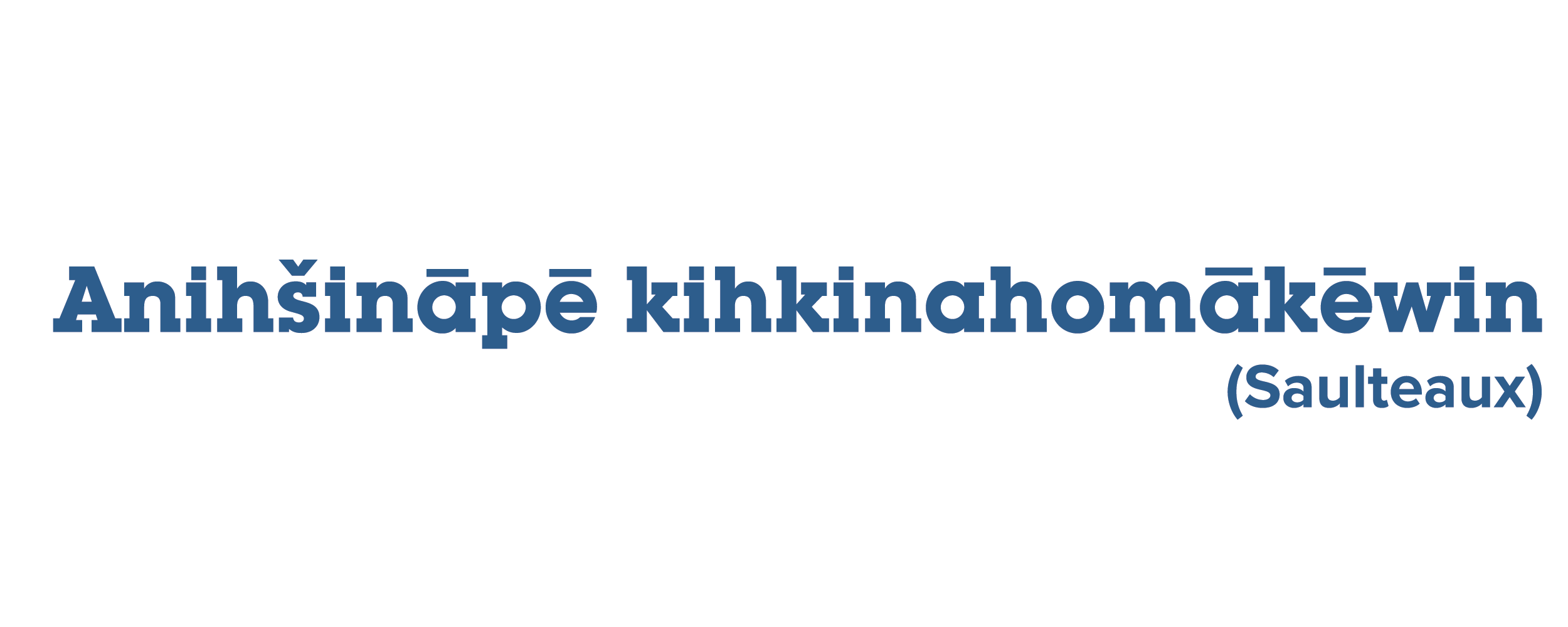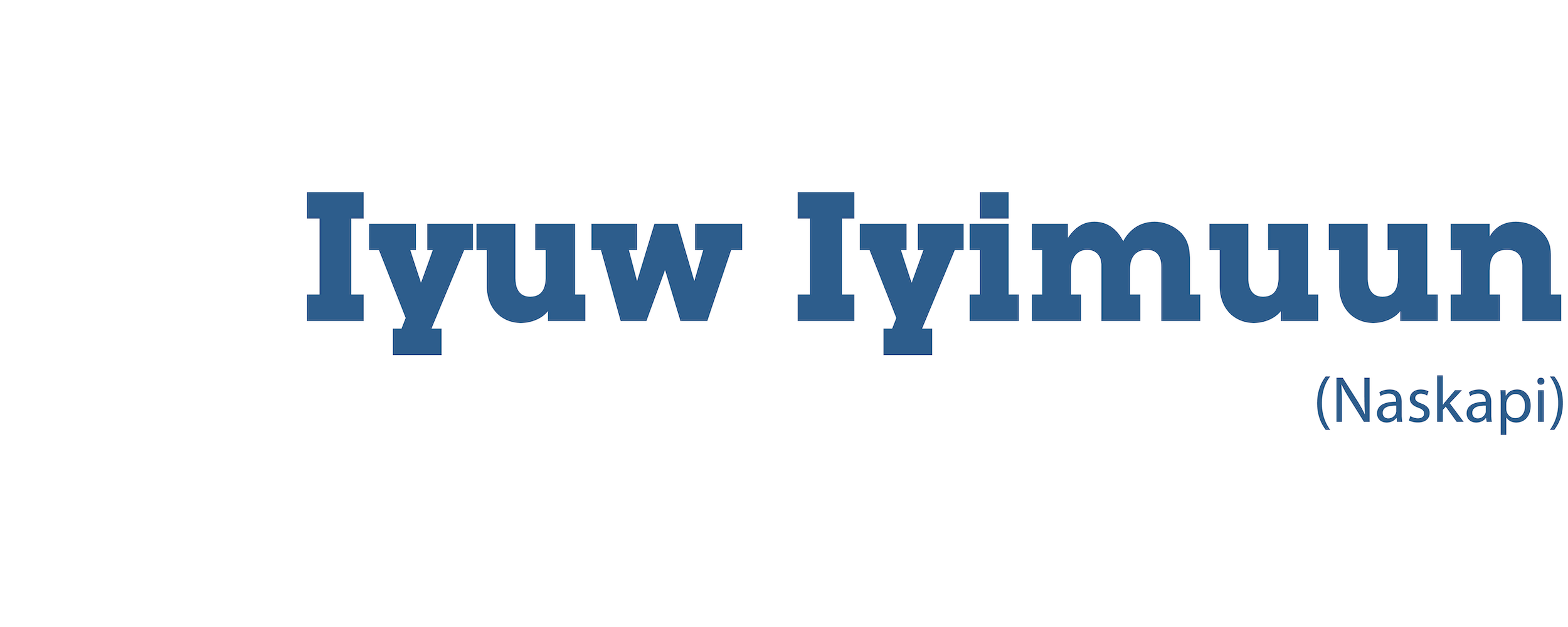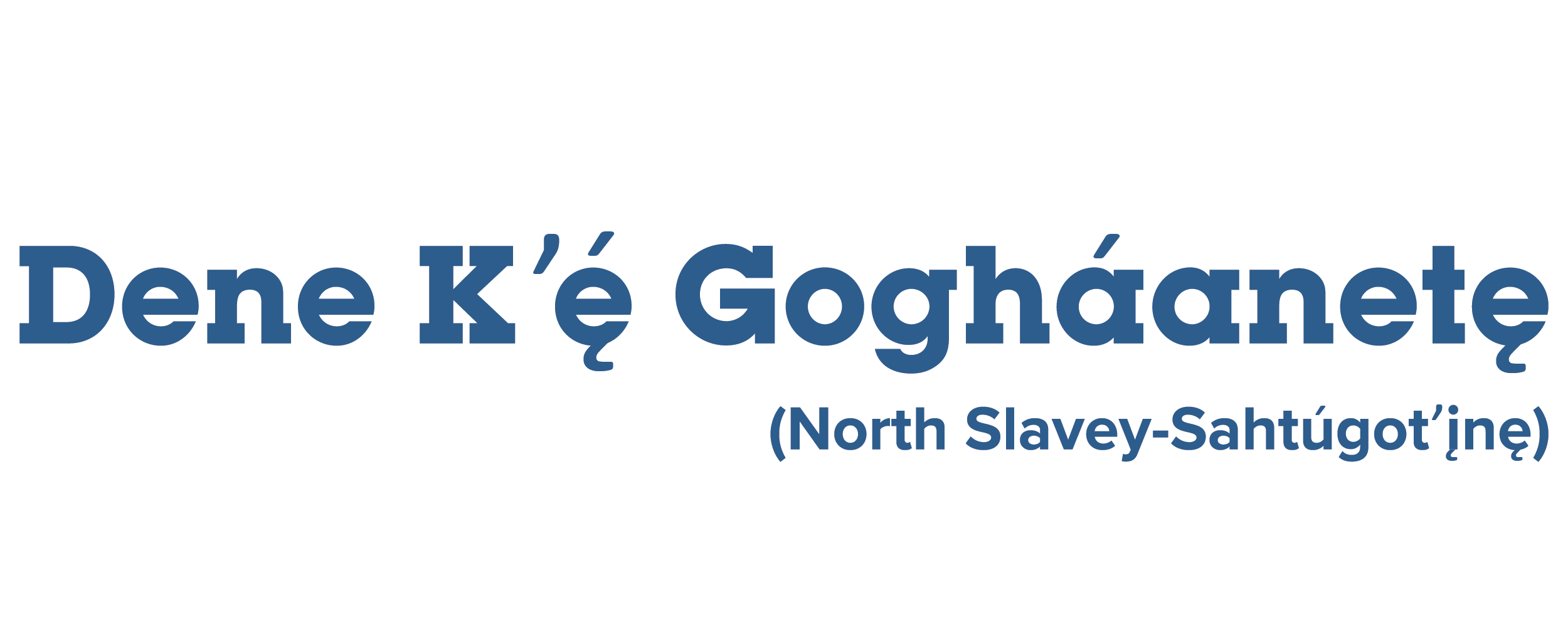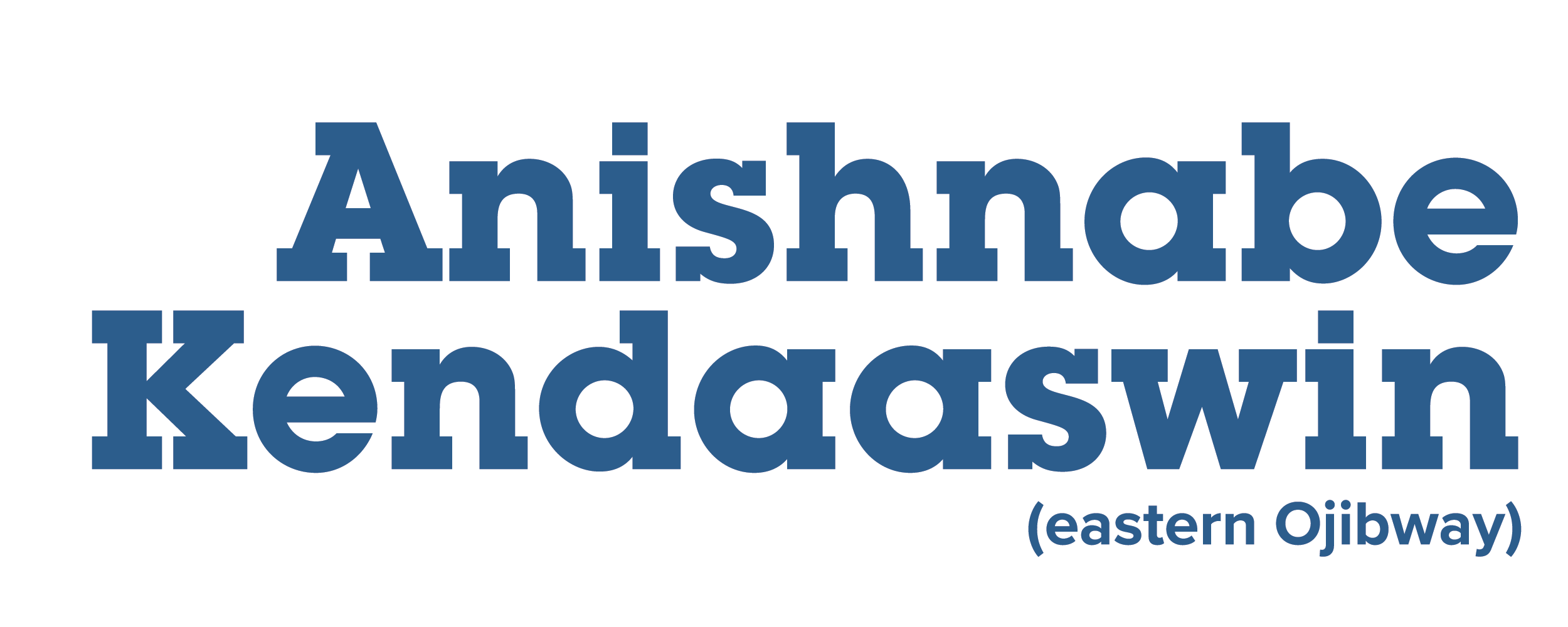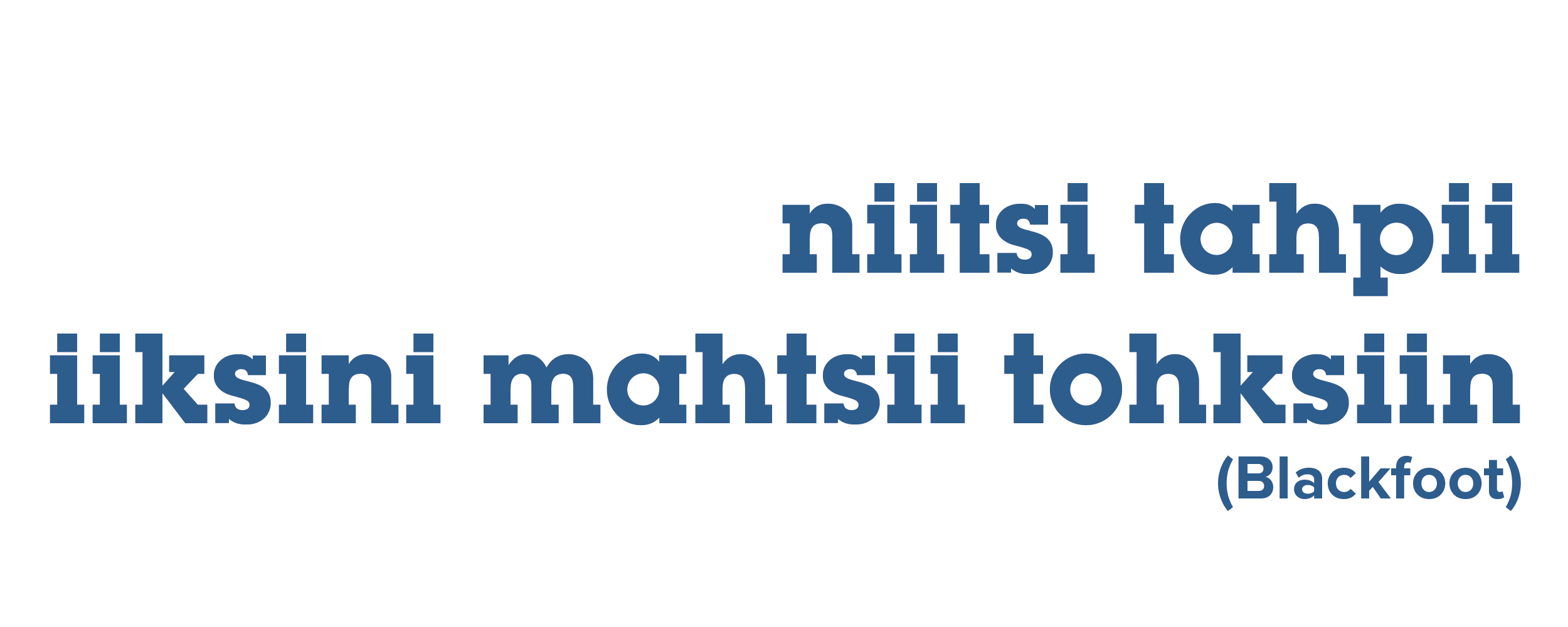In response to the Truth and Reconciliation Commission’s (TRC) 94 Calls to Action, Montreal’s Concordia University set up the Indigenous Directions Leadership Group, an advisory committee made up of Indigenous representatives (students, professors, professionals, directors, and other members) that seeks to provide guidance to the university in adopting inclusive practices (Indigenous Directions). The group has a three-year mandate during which it will prepare an inventory of existing services and programs and make administrative and governance recommendations to the provost and vice-president of Academic Affairs in relation to pedagogy, curriculum, research, physical spaces, and services. The objective is to improve Indigenous student recruitment, admissions, retention, and graduation services while promoting the hiring and retention of Indigenous staff. The group also strives to facilitate the integration of Indigenous knowledge and realities into existing courses and programs, and to foster a relationship of trust with Indigenous communities in Concordia’s decision-making process. In addition, the group documents the history of engagement of Concordia staff and students with Indigenous communities. “The following is an attempt to document Concordia’s history of indigenous engagement – including key people, programs, events and other milestones that have helped to shape it. It is drawn from accounts various faculty members, staff and students shared through interviews and email exchanges as well as from the Concordia archives. It is, like so many histories, patchy, biased and incomplete. Our intention here is not to celebrate Concordia University for its record of achievement. Instead we hope that through this account we can recognize, remember and honour the efforts of particular individuals, mostly but not exclusively indigenous faculty members, staff and students in creating openings at Concordia for indigenous engagements.”
History of Engagement Around Indigenous Issues At Concordia University
Posted on October 9, 2019 by nccie
In response to the Truth and Reconciliation Commission’s (TRC) 94 Calls to Action, Montreal’s Concordia University set up the Indigenous Directions Leadership Group, an advisory committee made up of Indigenous representatives (students, professors, professionals, directors, and other members) that seeks to provide guidance to the university in adopting inclusive practices (Indigenous Directions). The group has […]
